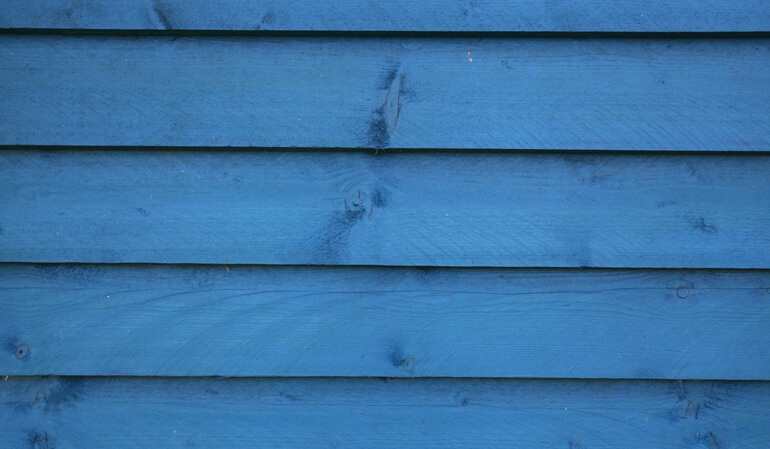- By Premium Siding & Painting Company
- Siding
- 0 Comment
What Can Cause Siding Damage?
Siding on a home exists not just as an aesthetic of a home’s exterior, but as the first line of defense against the elements. When the siding is damaged, some of that protection your home needs is now in jeopardy. A lot of things can damage the siding, and with each new cause, another fix is necessary.
Insects
Termites and other burrowing insects can’t affect vinyl siding. However, they can burrow under and behind the siding, weaking the wall structure behind it. With little to adhere to and support the vinyl siding, it hangs loose, buckles and falls. The first step is to eliminate the insect pests. The next step is to rebuild that outer wall. Then new siding can be applied to the newly built wall to create a reinforced outer wall that will continue to protect your home.
Problematic insects include termites, carpenter ants, bees, wasps, weevils, wood-boring beetles, and anything else that will either nest in or eat the materials of the walls of your home. A siding contractor can spot these pests when doing an inspection of the damaged siding. The contractor can’t take care of a pest problem for you, but a an exterminator can.
UV Rays and Age
The longer siding sits on a house, the older it gets and the more prone to cracking it becomes. Siding that is twenty years old or older is usually faded and weakened by UV rays. At this point, a small pebble or a nickel-sized hailstone is all that is needed to crack the siding and create a hole.
The only real fix for this problem is all new siding. Removing the aged, faded, and weakened siding and putting on new siding restores your home and its protective shield. It’s an investment in your home’s continued use, and not something you should leave undone. Additionally, replacing all the siding refreshes the home’s appearance and makes it attractive to would-be buyers.
Projectiles
From mischievous neighborhood kids to hail the size of softballs, projectiles smacking into your home’s siding can really give it a damaging wallop. Sports balls flung to hard, hit too hard in the wrong direction, stones thrown, hail that comes down forcefully, and weird objects winging their way at your siding can all cause it to crack and split. You might not think that one or two areas with this kind of damage is bad, but any open holes leaving the interior walls exposed can result in water damage, infestation of pests, and rot.
While you can’t stop projectiles from hitting your home (with the exception of talking to parents of the neighborhood kids, if applicable), you can remedy the damage. If you just have a few damaged siding pieces, those are easy enough to replace. Your siding contractor can find siding pieces the same color as your house and remove the damaged pieces to replace them with the new pieces. There may be a die lot issue or mild color mismatch because new siding is deeper in color than old, but at least the repairs have been made.
The Absolute Worst Weather
Huge gusts of wind throwing objects against your house is never good, nor are tornadoes and hurricanes. If you live where these intense and dangerous weather conditions occur regularly, your siding may see a lot more damage than you want it to. Between having inanimate objects hit the siding and having tornadic or hurricane winds pull the siding off, you end up with a huge problem outside.
After a storm, investigate the damage fully and carefully. Anything that is cracked, filled with holes, or falling off the house, leave it. You will need documentation to file a claim with your insurance before you can begin repairs. Once you have your claim check in hand, you can hire a siding contractor to remove all of the loose and damaged siding and replace it. Your insurance company may also decide to sign over your claim check for repairs to the siding contractor, so be prepared for that.
If more than one-third of the siding has to be replaced, it is a good idea to replace all of it. That way all of the siding is the same color and there won’t be any disjointed aesthetics after the repairs.

